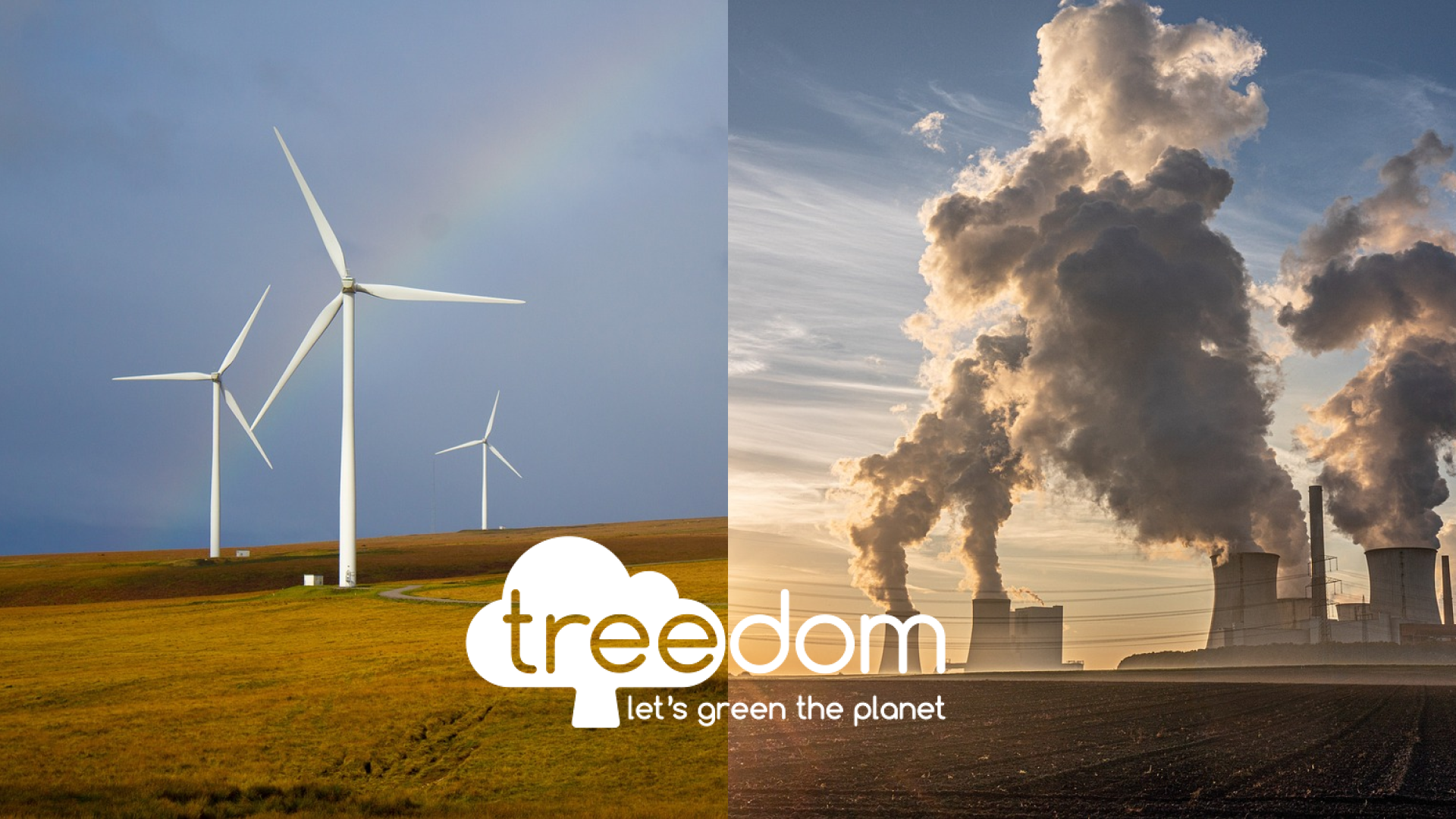In recent years, growing environmental awareness has led companies to make more responsible choices in terms of sustainability. One of the most effective responses to this need is the achievement of carbon neutrality, that is the balance between the greenhouse gas emissions produced by a company and those compensated through actions of reduction and absorption of CO2. In this context, sustainability reporting has established itself as a crucial tool for measuring and communicating the environmental and social impact of business activities. A significant example of how companies are adopting these practices is Treedom, the platform that allows planting trees around the world to combat climate change.
What is carbon neutrality?
Carbon neutrality is an ambitious goal that many companies and organisations are pursuing to reduce the impact of their activities on the environment. Achieving carbon neutrality means that CO2 (and other greenhouse gases) emissions generated during production and business processes are compensated, for example by planting trees, Investing in renewable energy projects or contributing to energy efficiency initiatives.
To obtain this certification, companies must first measure their carbon footprint accurately, identifying all sources of direct and indirect emissions. Then, they take measures to minimize these emissions and, if necessary, offset the rest through projects that absorb or avoid CO2 emission into the atmosphere.
Treedom
Treedom is a prime example of how a startup can integrate sustainability into its business model, focusing on tree planting as a tool to reduce carbon emissions and promote biodiversity. Founded in 2010, Treedom has developed an online platform that allows users to plant trees in different parts of the world. Each tree planted by Treedom is associated with a specific project, which involves local communities in agricultural and sustainable development activities.
But how does carbon neutrality fit into this context? Treedom has adopted a model that not only compensates for the CO2 emissions produced by its activities, but is also committed to creating a positive impact on the territory through sustainable agriculture, Protecting biodiversity and creating economic opportunities for people in rural areas.
Treedom has adopted a carbon neutrality policy that is divided into two main phases:
- Measuring and reducing emissions: The company has mapped all its activities to determine its carbon footprint. This includes not only direct business operations (such as website management and logistics) but also indirect emissions from product production and business travel. Once the emissions balance has been calculated, Treedom has implemented reduction measures through more efficient practices such as resource management and technology improvement.
- Compensation by planting: Treedom compensates for residual emissions by investing in tree planting projects. Each tree planted not only captures CO2 but also contributes to the improvement of the landscape, the creation of habitats for wildlife and the strengthening of the local economy. The company has made available a transparent section on its website that allows customers to track the environmental impact of their planted trees, monitoring the amount of CO2 absorbed in real time.
The sustainability balance of Treedom
Another key tool that Treedom uses to monitor and communicate its commitment to sustainability is the Sustainability Report, a document that collects and synthesizes information about the company’s environmental, social and economic impact. The sustainability report tracks progress in implementing policies and strategies to reduce carbon emissions, but it also includes data on the social benefits from planting projects, Improving the living conditions of local communities, access to sustainable agricultural resources and promoting biodiversity.
In the sustainability report of Treedom, CO2 absorption results are always made public. For example, the company documents the total number of trees planted, the area covered, the social and environmental impact of the projects, and the amount of CO2 that has actually been absorbed. The budget thus becomes a transparent tool for stakeholders, consumers and business partners who wish to verify the concrete commitment of the company in the fight against climate change.
Sustainability as an opportunity
For Treedom, sustainability is not only a matter of responsibility but also an opportunity for growth. The ability to combine business with a positive impact on the environment has allowed Treedom to attract a global community of environmentally conscious and aware customers. In addition, the company has created an ecosystem of projects involving local communities, strengthening the link between the company and the territory.
The sustainability report, as well as being an instrument of transparency, is also an opportunity for the company to evolve and adapt to future challenges. In a world where climate change is a major concern, the ability to monitor and clearly communicate environmental impact is a competitive factor and a distinctive sign of consumer confidence.
Conclusion
The adoption of practices such as carbon neutrality and sustainability accounting is increasingly relevant for modern companies, and Treedom represents a concrete case of how technology, innovation and environmental responsibility can be successfully combined. Through tree planting and the continuous monitoring of its emissions, Treedom not only contributes to the reduction of global CO2 emissions but also plays a key role in improving the living conditions of the most vulnerable populations.
In an age where sustainability has become a core value for consumers and investors, Treedom’s journey demonstrates that business can be a positive force for the planet, creating a lasting and positive impact on our collective future.






